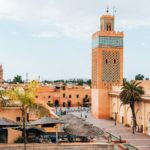Palazzo Reale
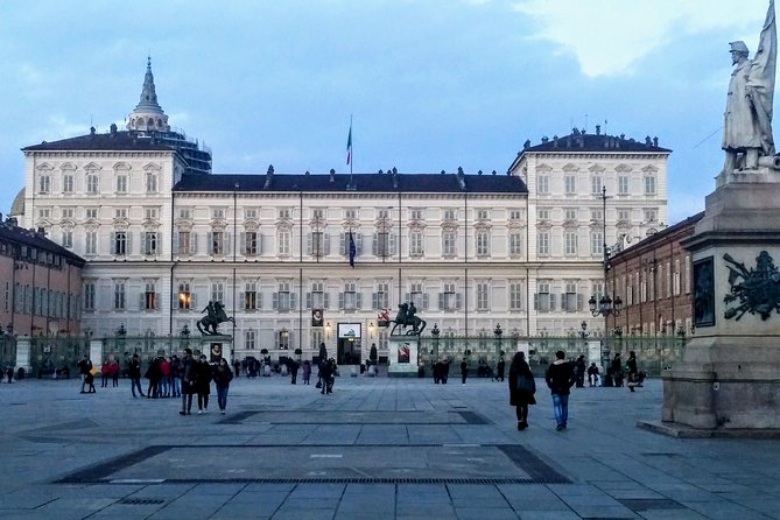
Turin’s Royal Palace was built in the 16th century and is a magnificent building. A symbol of power for centuries, the Palace is located on Piazza Castello in Turin. Its facade features white stonework and many small ornate windows, creating a stately and official feel with its square layout and a central courtyard.
This Italian palace has a wide range of richly decorated rooms with style and elegance. Tours of the interior are available, offering access to rooms such as the Daniel Gallery and Room of the Throne.
Palazzo Madama
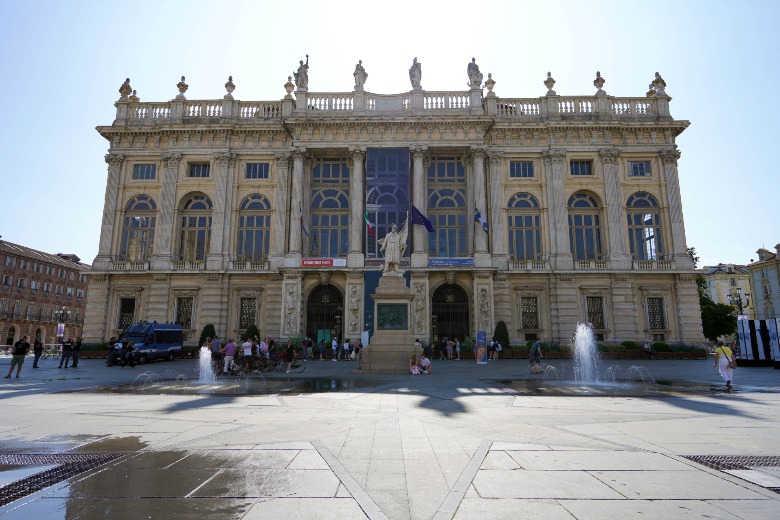
In Piazza Castello, Turin is home to a variety of lavish palaces and historic buildings, and the Palazzo Madama is no exception. Originally built in the first century BC, the original palace stood for hundreds of years during the Roman Empire, and has been modified heavily over the decades to the point where it was destroyed and rebuilt.
The building was originally a defensive fortification, but it was not converted into a palace until the 13th century. There are ornate columns on the front façade of the palace, which sits in Castello square. There are several rooms and hallways inside the palace that are adorned with rich-decorated decor.
Mole Antonelliana
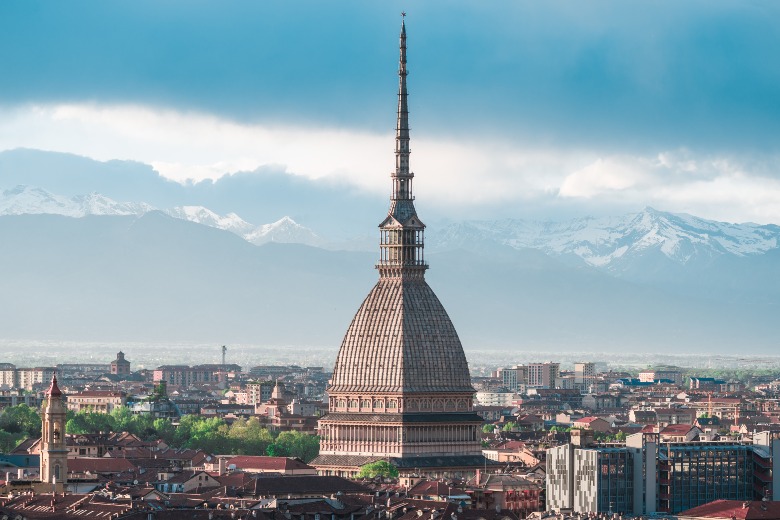
An icon of Turin, this huge pointed basilica towers above the surrounding skyline and is possibly the most distinctive building in Turin. Despite looking much older, the mole was actually created in 1889 as a monumental building.
As the tallest museum in the world, the building was originally a Jewish synagogue. From many points in the city, the basilica of the building serves as a beacon at night. The Antonelliana and its museum are an essential part of a Turin visit.
Turin Egyptian Museum
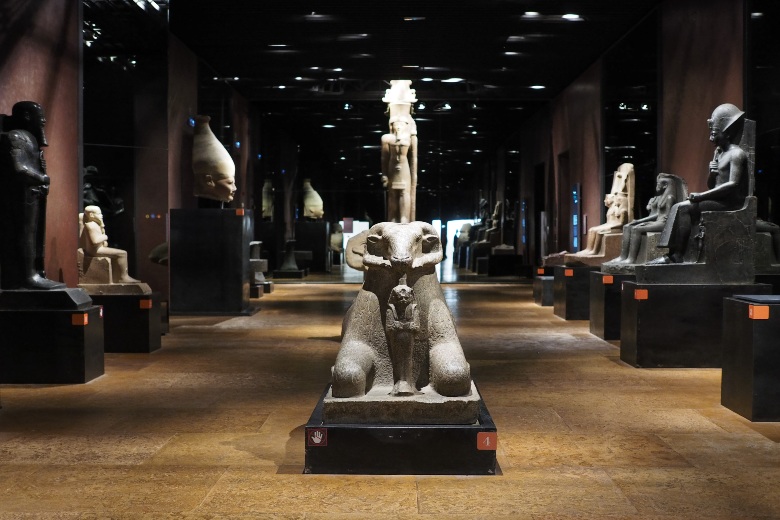
An informative and fantastic museum, located between the Piazza San Carlo and the Piazza Castello, is located in the centre of Turin. The museum houses an extensive collection of ancient Egyptian artefacts and displays dedicated to ancient Egyptian archaeology and history.
It was founded in 1833 and has since been greatly expanded with collections from other museums. A sarcophagic Papyrus with hieroglyphics, a Sarcophagus of Ibi, and various earthenware jugs all contribute to the collection’s notable items. Those who would like to explore the individual items at their own pace can purchase an audio guide or take a guided tour.
Cathedral of San Giovanni Battista
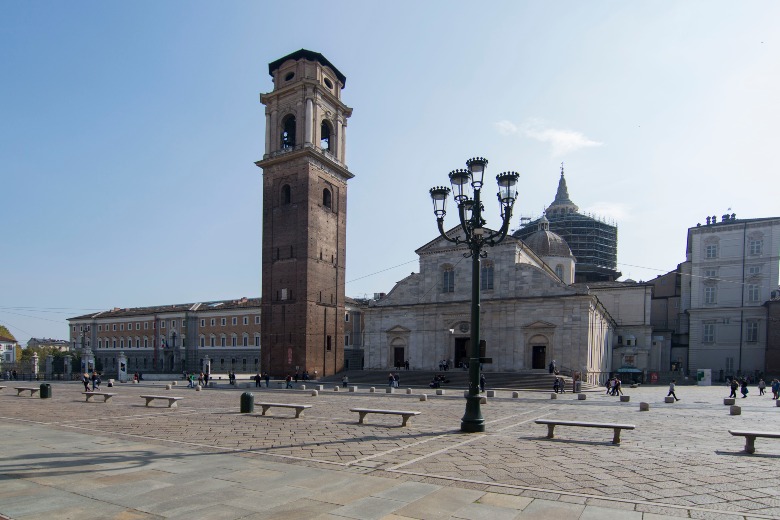
The Duomo di Torino, which was built in 1491 on the site of three previous churches, is an example of Renaissance architecture. An ancient church dedicated to the patron saint of Turin, Giovanni Battista, is located next to the Royal Palace.
Using white marble, the front façade is simple and effective, and the inviting steps surround it and lead into the piazza San Giovanni.
Many beautiful frescoes and marble statues of famous religious figures can be found inside the cathedral. For incredible views of Turin, there is a freestanding bell tower that is adjacent to the cathedral.
Underground Tunnels and Cellars
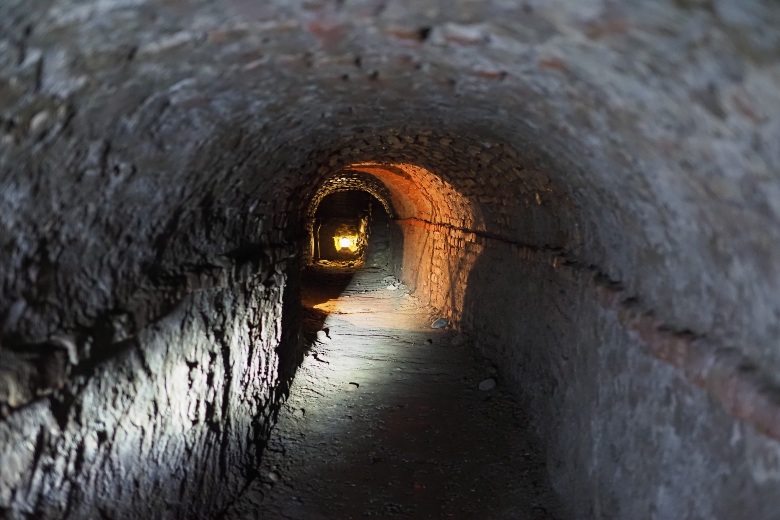
There is a great deal more to discover beneath the surface of Turin. Take a trip down the city’s underground tunnels and cellars and discover what life was like in the past.
You can go on one of many tours to fully enhance your experience by looking around the tunnels, or cellars. Keep in mind that you may need to open 2-3 hours of your day for tours.
National Cinema Museum
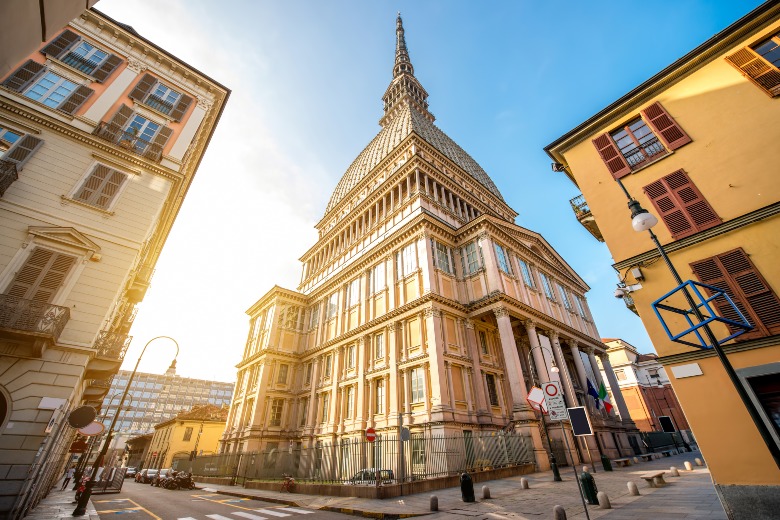
The fantastic exhibitions and stunning buildings make it one of the most visited museums in Italy. You’re going to find everything cinema and movie-related here! There is a huge collection of film posters, movie reels, books, and cinematic props and objects in this collection, including historical cameras and magic lanterns.
Sci-fi and horror genres are represented on the museum’s five floors. Any film or cinema buff will enjoy spending hours exploring and finding out more about this venue.
Basilica di Superga
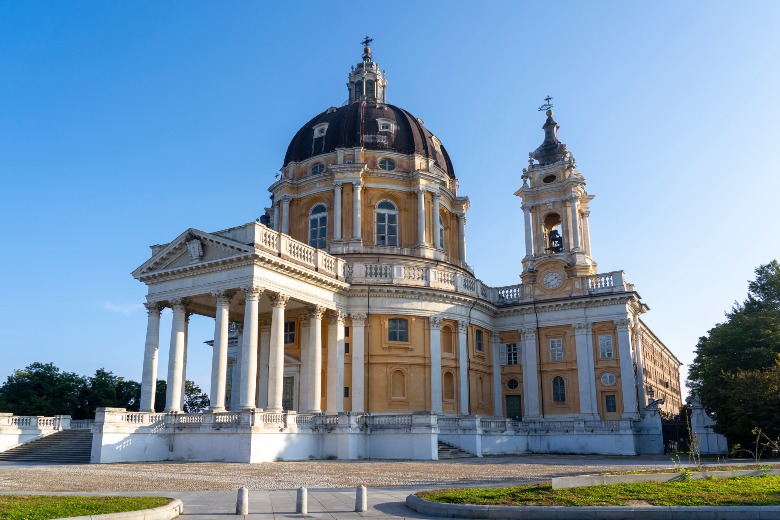
Located east of Turin, the Basilica di Superga is situated at the heights of the Superga mountain range. Turin’s city centre features a view of the mountain perched on top, viewed from a vantage point. With many columns and ornate decorations, the basilica was built in 1731 and designed by Filipo Juvarra.
Two beautiful towers flank the main basilica, the interior is highly decorated with a dome and lots of arched windows that let in a lot of light. Make sure you take a look at the spectacular views of Turin and the surrounding area.
Parco Valentino
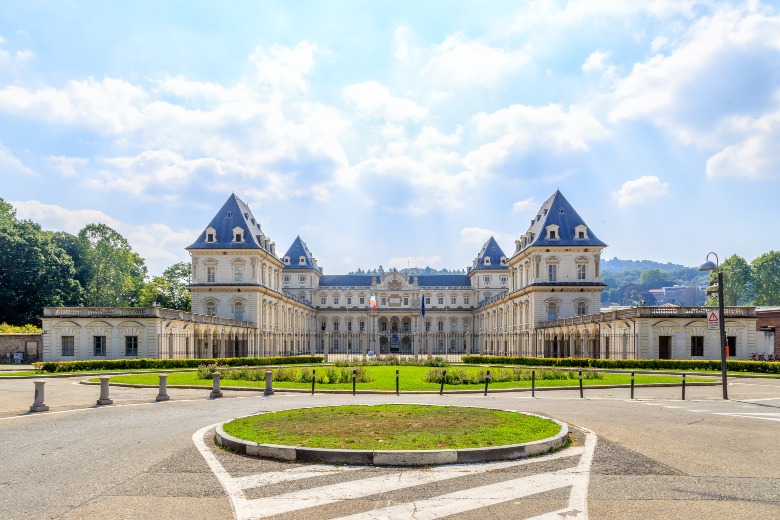
Parco Valentina covers an area of over 500,000 square meters and is located on the banks of the river Po. The first public garden of the city was built in 1856 and has grown over the years. A replica medieval village, a lavish botanical garden, and the Valentino Castle are all located inside the park.
Additionally, open pastures, a great walk along the river, and a variety of footpaths and cycle routes await you here. The park grounds also contain a number of fine cafes and restaurants for refreshments and food.
Porta Palatina
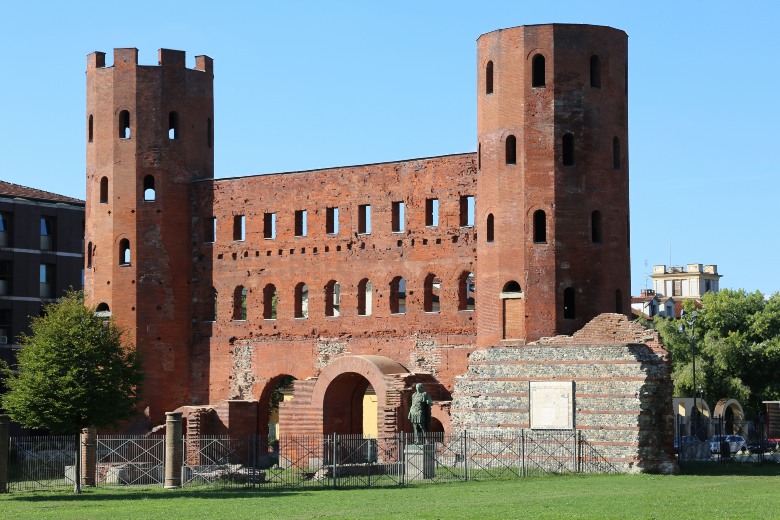
As the best preserved Roman gateway from the 1st century in the world, the Porta Palatina stands today in modern Turin. As part of the ancient city walls that once surrounded ancient Turin, this immense gateway served as an entrance to the inner city centre of that ancient city.
A central wall section contains many arches and two large circular towers flank the gateway. In the surrounding area, the gateway and towers measure 30m and 26m, respectively. The Porta Palatina and its ruins, situated in a pleasant park, are a great place to explore the history of this site.
Santuario di Santa Maria Consolatrice
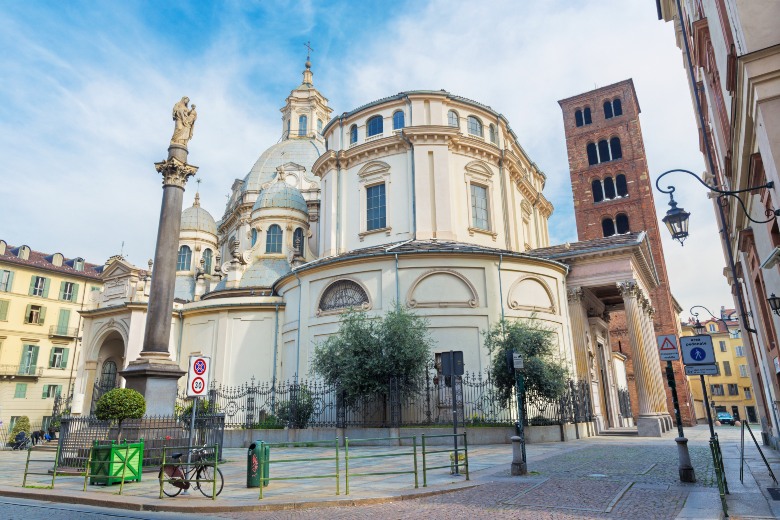
In some form, this basilica has existed in some form since the early 11th century and is also known as the Church of our Lady of Consolation. A small church with a lot of character and charm can be found in the Piazza Della Consolata, just five minutes from Piazza Della Repubblica.
There are four large stone columns supporting a triangular pediment over the front entrance. An abundance of gold, marble, and religious icons can be found inside the basilica. A gold relief of the Virgin Mary appears on the smaller altar and shrine as well as several religious frescoes and detailed paintings on the main altar.
Piazza San Carlo
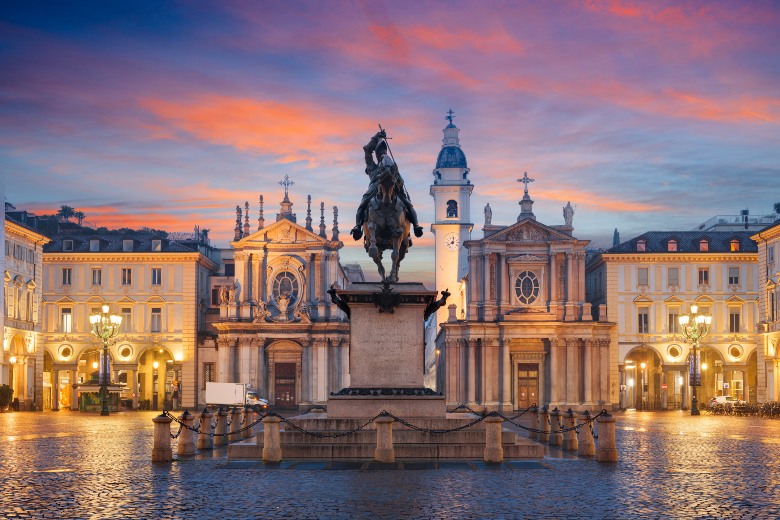
This baroque-style square was built during the 16th and 17th centuries and pays tribute to Charles Borromeo, one of the most influential Cardinals and Archbishops of the time.
On the other side of this square are the churches of Santa Cristina and San Carlo Borromeo surrounded by a bronze statue of the Duke of Savoy.
Beautiful symmetry is created by the square’s arches and marble-faced buildings. Many cafes and restaurants nestle under the archways in this square, making it the perfect place to enjoy a coffee or meal quietly.
Piazza Castello
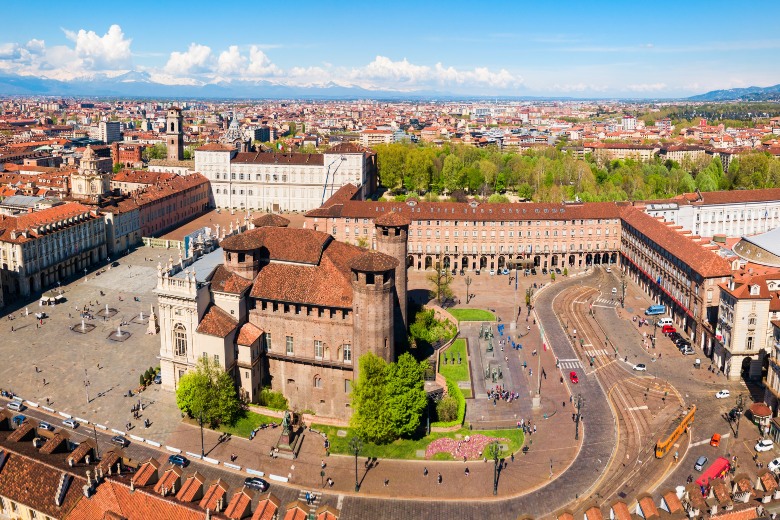
Piazza Grande is undoubtedly one of Turin’s most important and famous squares.
A huge public space located in the heart of the old city, Piazza Castello is the city’s heart. As well as the Royal Armoury and the Royal Theatre, the Palazzo Reale and Palazzo Madama can be found here.
Additionally, there are many cafes and restaurants, along with some beautiful fountains and statues. Taking in the sights of Turin’s amazing architecture and historical buildings begins at this square, which is one of the best places to start a walking tour.
GAM Museum
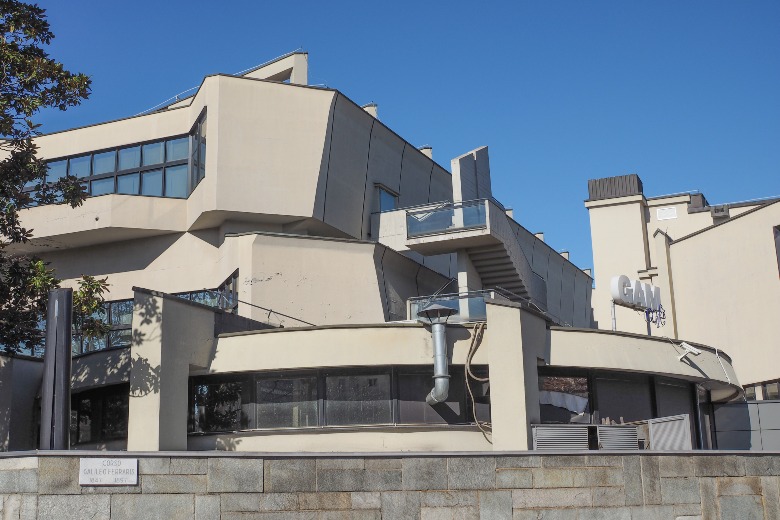
There are many fine artworks and exhibits at the GAM (Gallery of Modern Art). The Museum of Modern Art in Turin opened in 1895, one of the first museums to do so in the city. Over 5500 paintings, sculptures, installations,s and drawing pieces are found in the collection of the museum. These eclectic displays of contemporary art feature work by Modigliani, Carra, Guttuso, Renoir, and Chagall.
Juventus Football Stadium
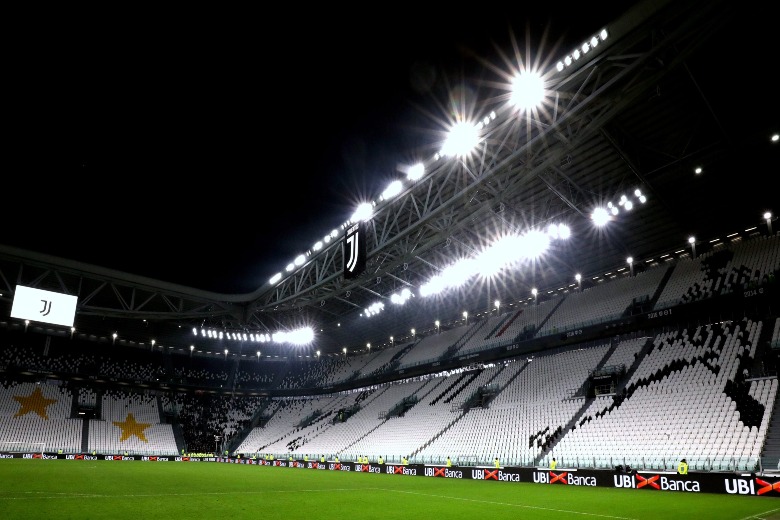
Juventus Stadium is arguably the most well-known football stadium in the world, and it is home to Italy’s most decorated club.
Though it doesn’t have the largest capacity, it is a fantastic sporting venue with a capacity of 41,000. Tours of the stadium are available every day, and a museum honouring Juventus is also available.
Turin is home to the iconic Juventus Football club, so if you’re a football fan, you shouldn’t miss it.


